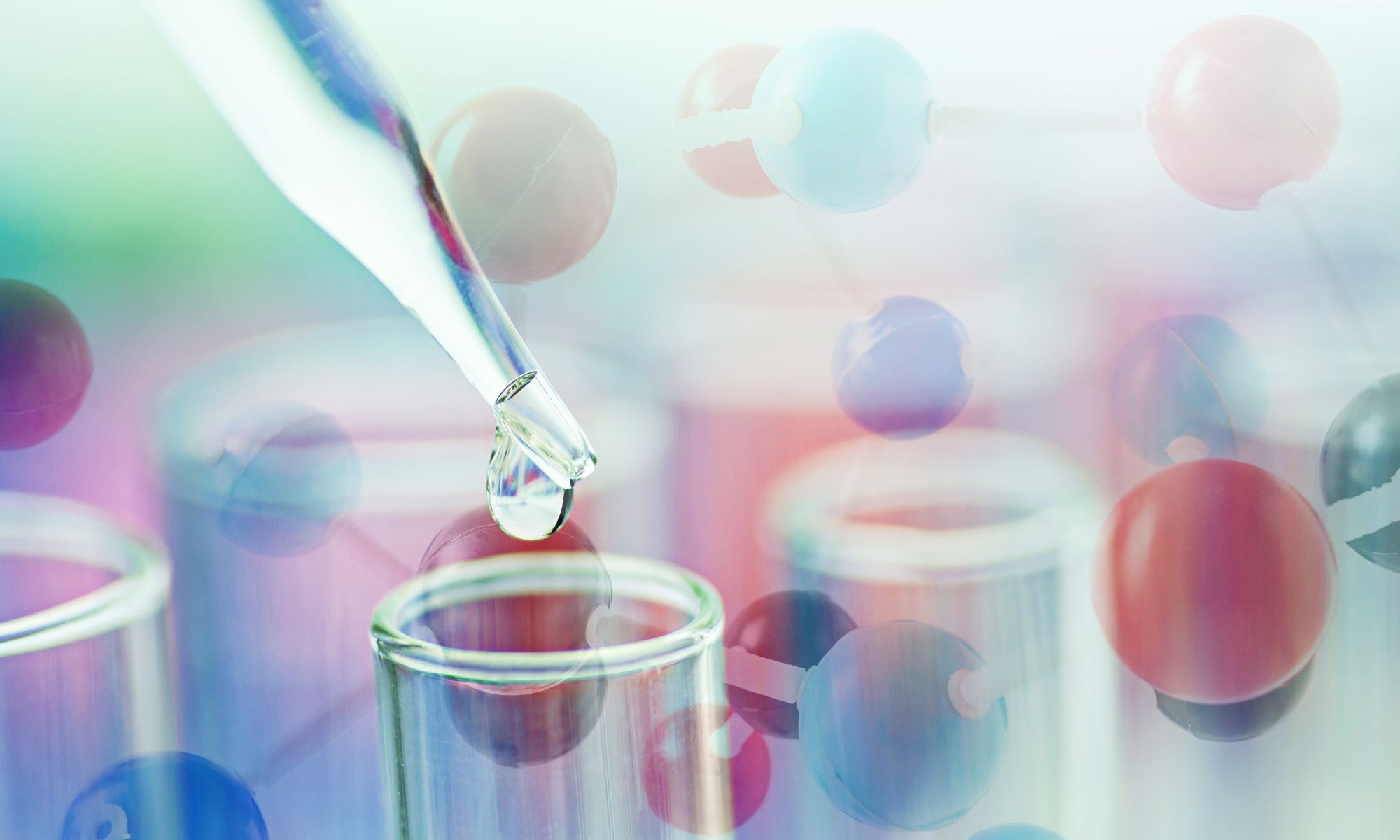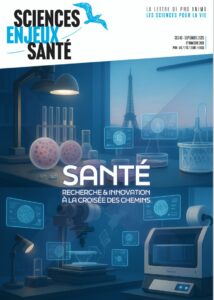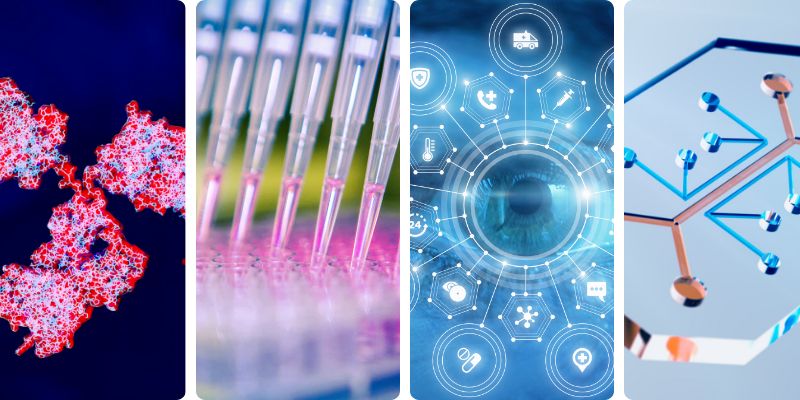
CEA : Advanced sensors for OoC, Power-up AI for drug discovery, Successful transition to FCS-free media, ‘Chemical soup’ exposure, and more
News on non-animal methods
MARCH 17 - 21, 2025NEWS, REPORTS & POSITION STATEMENTS
1. Organoids-on-chip : advanced sensors for enhanced monitoring
Biomedical research is costly and time-consuming, but new breakthroughs are leading the way to enable more realistic, functional organoids-on-chip that can significantly speed up R&D. CEA-Leti and CEA-Irig are leading the change, integrating iPSC-derived organoids, advanced microfluidic platforms and sensor technology to enhance organoids-on-chip. Their latest breakthrough —vascularized organoids monitored in real time— brings us one step closer to more predictive, personalized medicine.
With more than €48 million invested in France over the next six years, the potential is huge. As we continue to merge biology and technology, the impact on basic research, disease research, regenerative medicine and patient care will be game-changing.
2. Four ways to power-up AI for drug discovery
Drug discovery is extraordinarily difficult. “In 100 years or so of contemporary medicine, we’ve found treatments for only around 500 of the roughly 7,000 rare diseases,” says David Pardoe, a computational chemist at Evotec, a biotechnology company in Hamburg, Germany. “It takes too long and costs too much.” Although the scale of the available data might indicate that the AI transformation of drug development is surely just a matter of time, this will not necessarily be the case. The quality of the data, most of which are not collected with machine learning in mind, is not always up to scratch. Lack of consistency in experimental methods and how data are recorded can pose problems, as can a bias towards publishing only positive results.
The journal Nature interviewed a number of researchers who are active in this field, in an effort to tease out some of the actions that could be taken to enable AI to transform drug discovery and development to the extent that many people hope it will.
INTERVIEWS, NOMINATIONS & AWARDS
3. Paola Arlotta wins the 2025 ISSCR Momentum Award for Pioneering Research
The world of neuroscience is on the brink of transformation as the International Society for Stem Cell Research (ISSCR) honors Dr. Paola Arlotta with the prestigious 2025 ISSCR Momentum Award.
A leading figure in the study of brain development, Dr. Arlotta is celebrated for her innovative work utilizing stem cell-derived brain organoids, a breakthrough that allows researchers to closely examine the intricate processes governing human brain development and the associated diseases. The peer nominating Dr. Arlotta, including renowned scientists such as Douglas Melton, emphasized the profound impact of her research on the scientific milieu and highlighted how her innovative exploration of the formative stages of the brain through organoids has substantially reshaped the prevailing scientific narratives within neurobiology.
4. Making the switch : From FCS to human platelet lysate
While the 3Rs Centre Utrecht is stimulating in vitro research to reduce the dependance of biomedical research on experimental animals, many in vitro methods rely on fetal calf serum (FCS) as a cell culture supplement. However, the use of FCS is accompanied byethical and many scientific concerns.
Discover the story of Bart Hameete, from Utrecht University’s Department of Pharmacology, motivated to find alternatives to FCS to culture human trophoblast cells during his PhD journey. As an extravillous trophoblast cell line, HTR8/SVneo cells are used to answer questions related to placentation and placental vasculature, often in the context of pregnancy complications such as miscarriage or pre-eclampsia.
5. Science Clear+Vivid podcast with Dr Muotri : A Brain Begins — in a Dish
Dr. Alysson Muotri is studying the brain from an evolutionary and developmental perspective, differentiating stem cells to recreate “brain organoids” in the controlled setting of a lab. This work has implications for the generation of human disease models by determining the molecular and cellular mechanisms driving neurological complex disorders, such as autism.
Dr. Muotri is featured and interviewed in the Science Clear+Vivid podcast with Alan Alda. By coaxing skin cells to become brain cells in a dish, Alysson Muotri hopes to learn how early brain development can go wrong in conditions like autism or epilepsy – and how our brains differ from those of our cousins, the Neanderthals.
6. Understanding the cause of motor neurone disease (MND)
Motor neurone disease (MND) is a fatal, rapidly progressive neurological disorder. Unfortunately, there is currently no cure for MND, and 50% of patients die within 3 years of diagnosis. Additionally, despite decades of research, there is only 1 globally licensed drug for MND. This drug only extends lifespan by 2 to 3 months.
To advance treatment discovery in MND research, the Humane Research Trust is funding a research project at the University of Edinburgh using innovative cell culture models to test degeneration reversal techniques. This project will advance understanding of the condition and identify potential treatments, without the use of animals.
7. ‘Chemical soup’: the everyday exposures affecting our health
There are around 350,000 synthetic chemicals in use today and only a small fraction have been robustly tested for their long-term effects on our health. Many of these are used in manufacturing plastics and microplastics – the production of which has doubled since 2008 and is projected to triple by 2060. Unknowns remain, but research is suggesting pervasive exposures to these manufactured substances is shaping human health.
In a recent Health Foundation Podcast,Tracey Woodruff (University of California, and Director of the Program on Reproductive Health and the Environment (PRHE)) and Thomas Hartung (Johns Hopkins University, and Director of the Centre for Alternatives to Animal Testing (CAAT)), tried to answer the following question : Could AI and other emerging technologies shed new light on the effects of synthetic substances ? And what does it all mean for regulation and wider policy protecting public health ?
INDUSTRY, BIOTECH & PARTNERSHIPS
8. NC3Rs — CRACK IT Challenge : £1.6M awarded to improve the robustness and reproducibility of OoC
The NC3Rs awarded £1.6M to a team led by Dr Torsten Mayr at PyroScience GmbH to improve the robustness and reproducibility of organ-on-a-chip (OoC) technologies and overcome barriers to their wider use to replace animals.
Building on a successful proof-of-concept phase, in the next phase of the Challenge, Torsten and the team will integrate sensors into a connected heart and liver OoC system for continuous, real‑time monitoring of multiple physiological parameters and incorporate in silico approaches to analyse data and model drug effects.
SCIENTIFIC DISCOVERIES & PROTOCOLS
9. Comprehensive genomic dependency landscape of a human colon cancer organoid
Colorectal cancer remains a significant challenge in oncology, with a complex landscape of somatic mutations and resulting pathway dependencies influencing tumor progression and response to therapy. Therefore, a comprehensive understanding of these genetic dependencies and vulnerabilities can aid in identification of appropriate treatments or the development of new targeted therapies.
In a new study, the researchers comprehensively characterized genetic dependencies present in a colon cancer organoid avatar, and validated tumor-specific selectivity of select pharmacologic agents. Conducting a genome-wide CRISPR dropout screen to elucidate the genetic dependencies that interacted with select driver somatic mutations, they found distinct genetic dependencies that could be exploited as treatments for specific subtypes of colon cancer. These findings demonstrate the utility of functional genomic screening in the context of personalized medicine.
Read the publication in Communications Biology
10. Validation of an MPS-based intestinal cell culture model for the evaluation of drug-induced toxicity
In pharmaceutical research, the complex behavior of human intestinal cells is traditionally investigated using 2D cultures, in which one cell type grows under static conditions. With the development of advanced microphysiological systems (MPS) more in vivo-like conditions can be generated which increase the physiological nature and also the predictive validity of these models.
A new study compared the widely used Caco‑2 cell 2D Transwell model to the advanced MPS model (Mimetas OrganoPlate®) for the investigation of drug-induced gastrointestinal toxicity. This MPS model allows the recapitulation of the human intestinal GI barrier and will enable a faster and more robust assessment of drug-induced damage in the GI tract.
Read the publication in Frontiers in Drug Discovery


